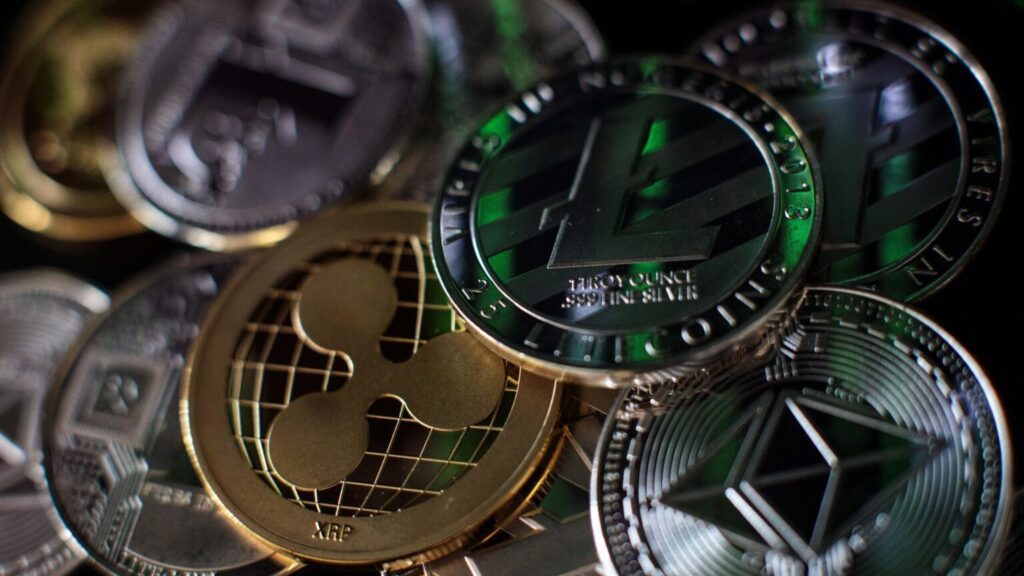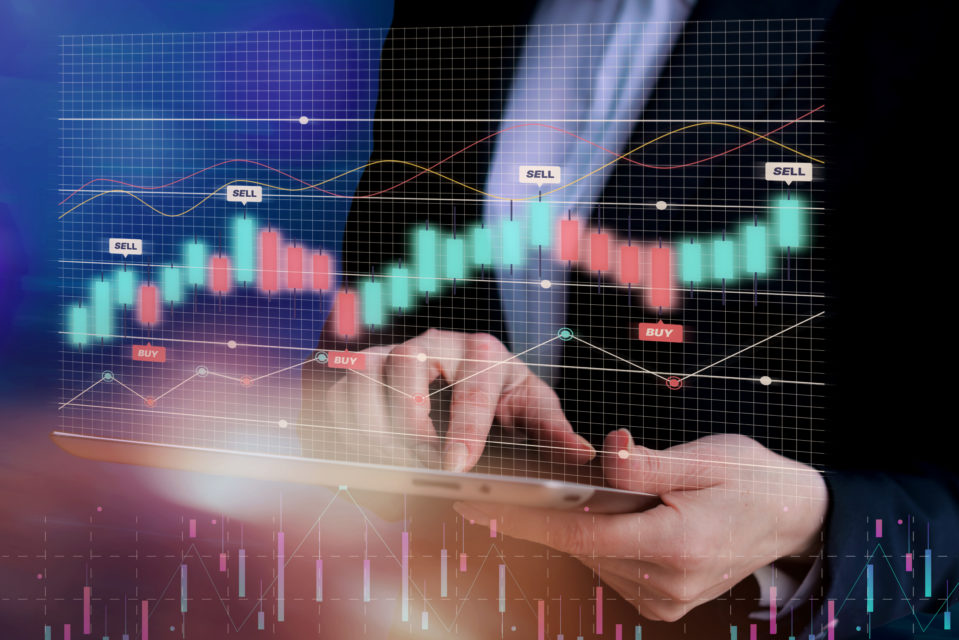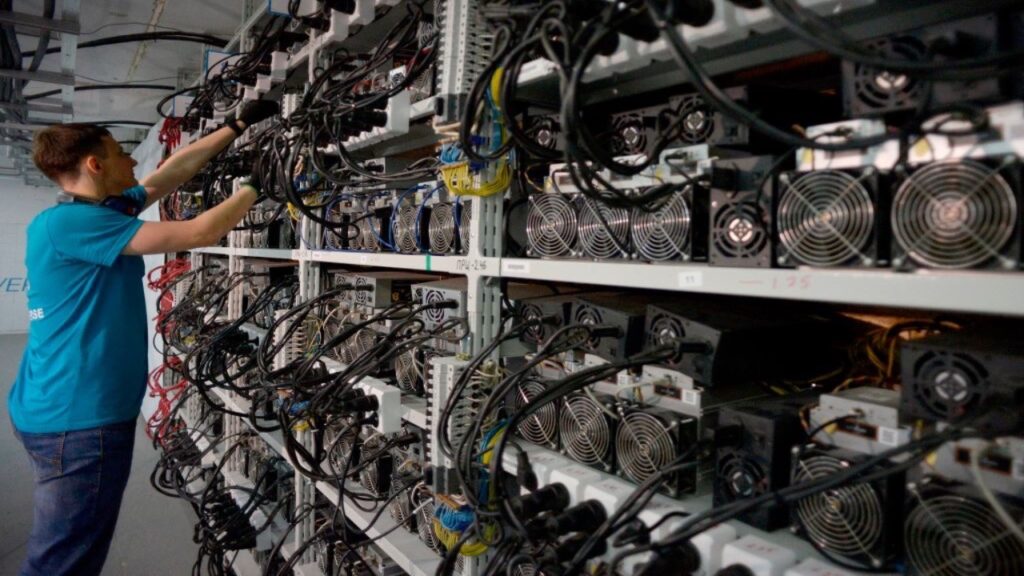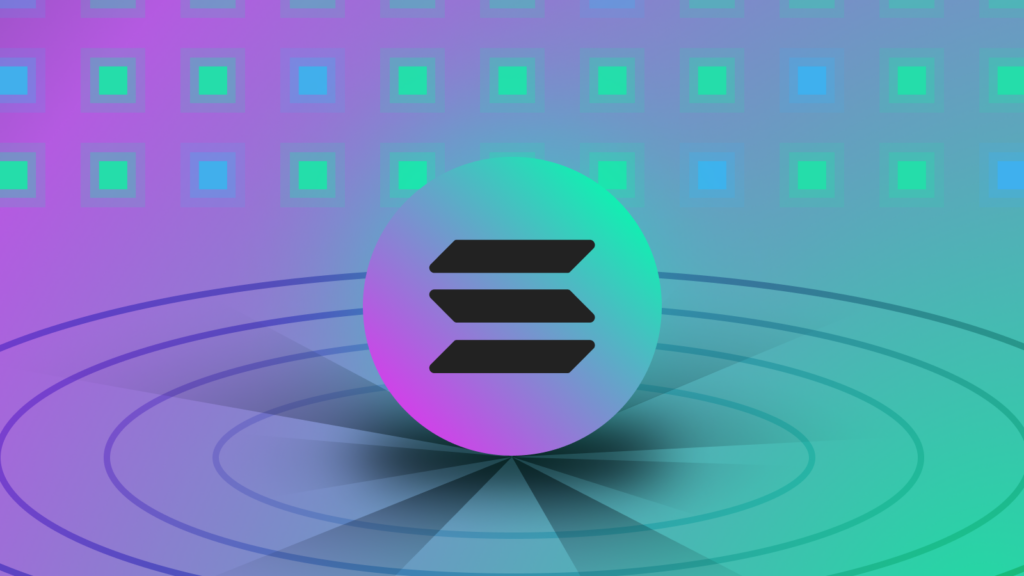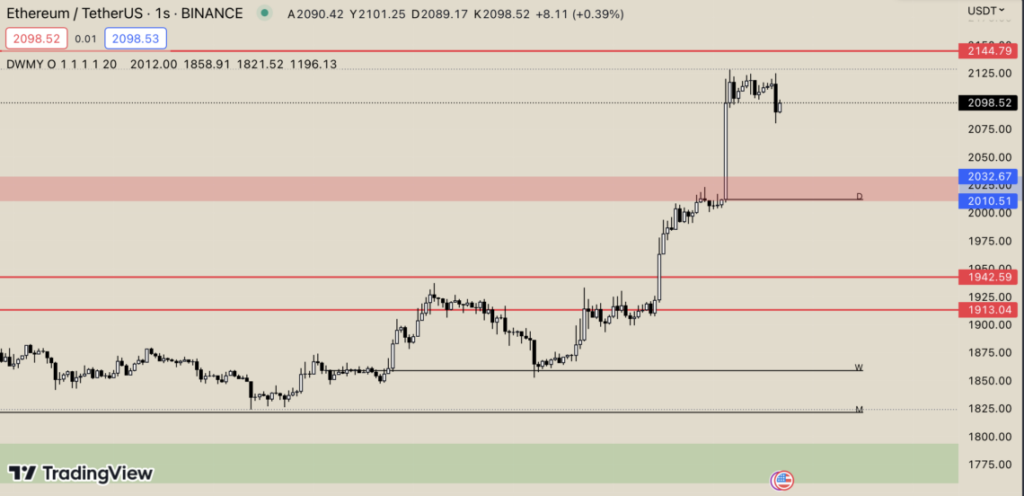Understanding Futures Contracts: How to Use Them for Trading and Hedging
Futures contracts are standardized legal agreements to buy or sell an asset at a predetermined price at a specified time in the future. Commonly traded on centralized exchanges such as the Chicago Mercantile Exchange (CME) or Binance Futures, these contracts are used by traders, investors, and companies for both speculative and hedging purposes.
At their core, futures allow investors to speculate on the direction of prices in various markets—such as commodities (like oil, gold), financial instruments (like indexes or currencies), or even cryptocurrencies. For example, if an investor believes the price of Bitcoin will rise in the coming weeks, they can enter a long futures position to benefit from the increase without owning the actual asset.
Hedgers, on the other hand, use futures to lock in prices and manage risk. A wheat farmer might sell wheat futures to ensure a stable price, protecting themselves from market volatility. Similarly, airlines often use fuel futures to fix future fuel costs.
Futures contracts are marked-to-market daily, meaning profits and losses are settled every day based on market prices. This makes risk management essential. Traders must also maintain margin requirements—essentially collateral held by the exchange.
While futures offer the potential for high returns due to leverage, they also come with significant risks. It’s important for traders to understand how futures work, study market behavior, and use stop-loss orders to manage exposure.
In conclusion, futures contracts are powerful tools that, when used responsibly, can serve as effective instruments for portfolio diversification, risk management, or speculative gains.


 English
English 










